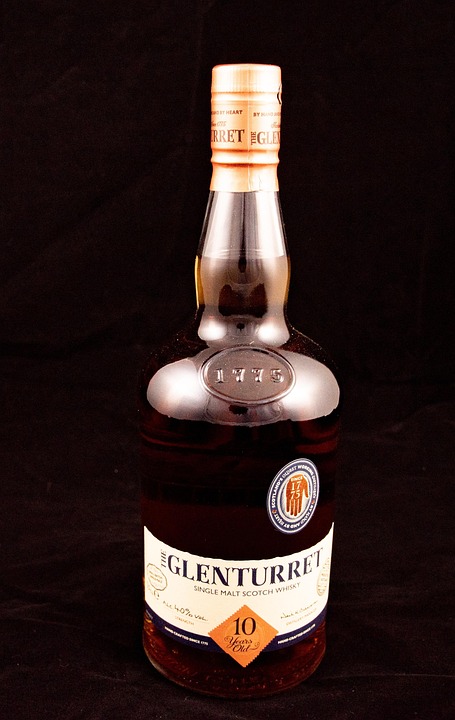Introduction
When it comes to whisky, there are two main categories that dominate the market: single malt and blended whisky. While both are beloved by whisky enthusiasts around the world, they differ significantly in their production methods and styles. In this report, we will delve into the differences between single malt and blended whisky, exploring how they are made, their unique characteristics, and the key players in the industry.
Single Malt Whisky
Production
Single malt whisky is made from malted barley and is distilled at a single distillery. The production process typically involves mashing the barley, fermenting the mash, distilling the liquid in copper pot stills, and aging the spirit in oak barrels for a minimum of three years. The use of malted barley gives single malt whisky its distinctive flavor profile, which can range from fruity and floral to smoky and peaty, depending on factors such as the type of barley used, the water source, and the distillation process.
Style
Single malt whisky is known for its complexity, depth of flavor, and sense of terroir, reflecting the characteristics of the region where it is produced. Each distillery has its own unique production methods and aging techniques, resulting in a wide variety of single malt whiskies on the market. Some popular single malt whisky regions include Scotland (known for its Scotch whisky), Ireland, Japan, and the United States.
Blended Whisky
Production
Blended whisky, on the other hand, is a combination of malt whisky and grain whisky from multiple distilleries. The production process involves blending different whiskies to create a balanced and consistent flavor profile. Blended whisky is often aged for a shorter period than single malt whisky and is designed to appeal to a wider audience with its smooth and approachable taste.
Style
Blended whisky is characterized by its smoothness, versatility, and affordability. It is often preferred by casual whisky drinkers who enjoy a milder and more accessible flavor profile. Blended whisky can vary in quality and complexity, depending on the skill of the master blender and the selection of whiskies used in the blend. Some well-known blended whisky brands include Johnnie Walker, Chivas Regal, and Dewar’s.
Key Differences
The main differences between single malt and blended whisky lie in their production methods, flavor profiles, and target audiences. Single malt whisky is typically more complex and flavorful, with a stronger emphasis on terroir and artisanal craftsmanship. In contrast, blended whisky is designed for mass appeal, with a focus on consistency and affordability.
Industry Insights
According to industry data, the global whisky market is experiencing steady growth, driven by increasing demand for premium and super-premium whiskies. Single malt whisky has been a key driver of this growth, with consumers showing a growing interest in artisanal and craft spirits. In recent years, distilleries in regions such as Scotland, Japan, and the United States have gained international acclaim for their high-quality single malt whiskies.
Financial Data
In terms of financial performance, the single malt whisky segment has seen strong sales growth and increasing market share. According to a report by the Scotch Whisky Association, single malt exports reached a record high of £1.3 billion in 2019, representing a significant portion of the overall whisky market. On the other hand, blended whisky continues to dominate the global market in terms of volume sales, with brands like Johnnie Walker and Chivas Regal leading the way.
Conclusion
In conclusion, single malt and blended whisky offer distinct experiences for whisky enthusiasts, each with its own unique characteristics and appeal. While single malt whisky is prized for its complexity and artisanal craftsmanship, blended whisky remains a popular choice for its accessibility and consistency. As the whisky market continues to evolve, both single malt and blended whisky are expected to play a key role in shaping the future of the industry.




